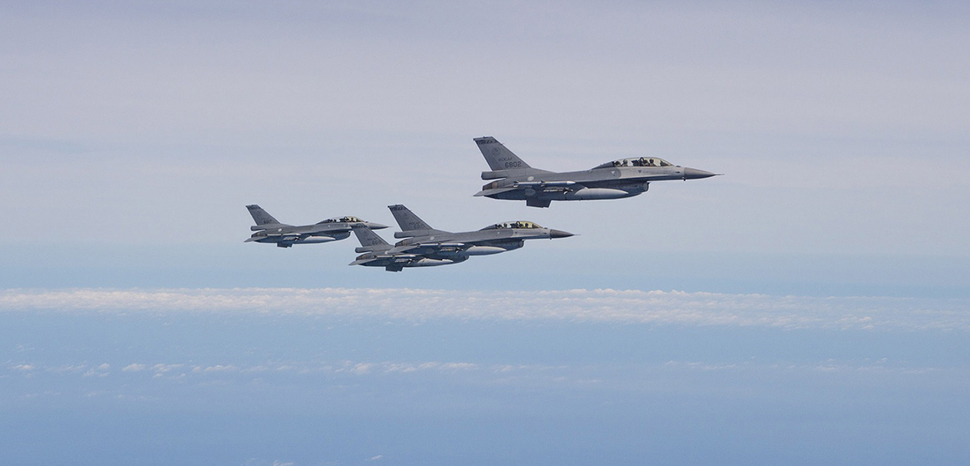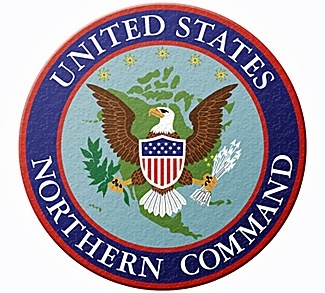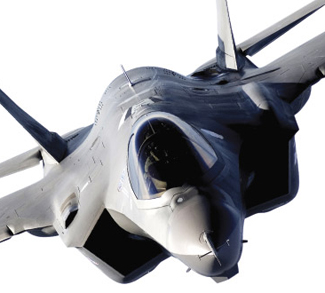Tensions in the Taiwan Strait have reached a height not seen since the early years of the Cold War in the wake of Nancy Pelosi’s state visit to Taipei. The Communist Party of China has ramped up militaristic rhetoric towards the United States and Taiwan, which they regard as a “rebellious province.” Yet despite the diplomatic tensions and short distance across the Taiwan Strait, it would still be an extremely arduous task for China to incorporate the island by force. Any miscalculation could lead to the potential downfall of the CPC, and due to this, the Peoples’ Liberation Army is still a long way away from attempting an annexation.
The official policy of the Peoples Republic of China states Taiwan is legally part of their country. Taiwan views itself as a sovereign nation, while the U.S switched to a ‘One China’ policy after the Nixon administration’s historic state visit to Beijing. Still, the U.S. does not support a formal military takeover of the isle and President Biden has recently stated he would provide military support to Taiwan in the case of an invasion. Though the PLA frequently sends fighter planes through Taiwan’s airspace, to this day China has not decided to make a move on Taiwan. Taipei has built itself up to be a military fortress, and Beijing must further shore up its own military capabilities and logistical chains before it can even think about making its move.
Even though the Taiwan Strait is only 130 km off China’s coast, the coordination needed to plan an invasion poses a daunting challenge for the CPC. As Russia has faced a protracted war in Ukraine despite an invasion force of 200,000, China would have to commit even more troops on the isle and its twenty-three million population. Whereas Russia’s military buildup was expensive and has been a nightmare in terms of coordination despite having a large landmass shared with Ukraine, Beijing would have to commit the largest amphibious assault force in history, larger than even the D-Day WWII landings.
With House Speaker Nancy Pelosi’s successful visit to Taiwan, which effectively called the Chinese military’s bluff, it is all but assured the U.S. would militarily intervene if the PLA moved on the island. Taiwan itself is considered a de facto if not de jure non-NATO ally in the Asian Pacific, along with Japan and South Korea. All three nations have grown increasingly concerned with China’s expansion and manufactured isles in the South China Sea, which has at times encroached on their maritime borders. The US Navy routinely patrols the Taiwan Strait and the entire world has a huge stake in the stability of the island given Taiwan’s sophisticated chip manufacturing sector.
Taiwan is also economically important on the global stage, as their advanced chips are a major export for smartphones, computers, and defense grid technology, much of which is purchase by the U.S. These chips can encompass billions of electronic components, used in missile defense and surveillance systems. The Taiwan Semiconductor Manufacturing Company (TSMC) has become one of the top ten most valuable companies in the world, and indisputably one of the most strategic. If Beijing were to take the isle and take control of TSMC, it would surpass the U.S and its allies for the forceable future in this key strategic field.
Taiwan remains the centerpiece of geopolitical hegemony between the United States and China. The US Navy currently has a wide range of maritime space to control traffic in the Pacific, as it is allied with nations such as the Philippines, Japan, Borneo, Taiwan, South Korea, and even Vietnam, all of which hold grudges over China’s expansion and influence. If China were to take Taiwan, the PLA Navy would have unfettered access to the wider Pacific Ocean, which the PLA could use it to intimidate its neighbors and launch nuclear submarines into open water in the event of a wider war with the U.S. Thus, as the prevailing logic goes, The first island chain is America’s first and most important line of defense in Asia.
In the event of a military buildup in advance of an invasion, US intelligence agencies would be easily able to pick up on the signs. US intelligence accurately predicted that Russia’s military buildup from November 2021 to February 2022 was a full-on invasion plan, despite many media figures and analysts dismissing the threat as “fear-mongering.” China, which would have to build up its naval forces along with amassing hundreds of billions in logistical chains and a potential landing force of 400,000-600,000, would take several months if not an entire year to sufficiently prepare for an invasion. This early warning would put regional players on high alert and allow them to prepare for any scenario. Moreover, in the event of an invasion, China leaves itself vulnerable in its most strategically important yet critical chokepoint – the Strait of Malacca – control of which could easily cripple the Chinese economy.
The Strait of Malacca is an economic important strait in the global economy, considered to be a major chokepoint of trade akin to the Suez Canal. The strait is an economic lifeline for Beijing, with at least three-fourths’ of China’s energy imports passing through its waters. In the event of a war, US naval strategy would look to cut off Malacca, assisted possibly by the Indian navy, which would be heavily invested seeing the CPC struggle and possibly collapse due to persistent tensions between the Asian powerhouses. If the Strait were closed, China would have to sail around Australia for oil imports, which currently has a submarine alliance with the UK and US to combat Chinese naval expansion. Arguably it would take a two-to-three-month naval blockade of the Strait during wartime to seriously cripple Beijing’s hypothetical invasion of Taiwan. Cutting off China’s energy imports would be akin to Russia cutting off gas to Germany, but a hundred times worse.
It is hard to predict what a war in Taiwan would look like or if China will ultimately make a move on the isle; however, what’s certain is that it will be an extremely costly endeavor where the risks outweigh the rewards. Consequently, China will most likely continue to diplomatically pressure Taipei while hoping U.S. soft power in the region.
The views expressed in this article belong to the authors alone and do not necessarily reflect those of Geopoliticalmonitor.com




